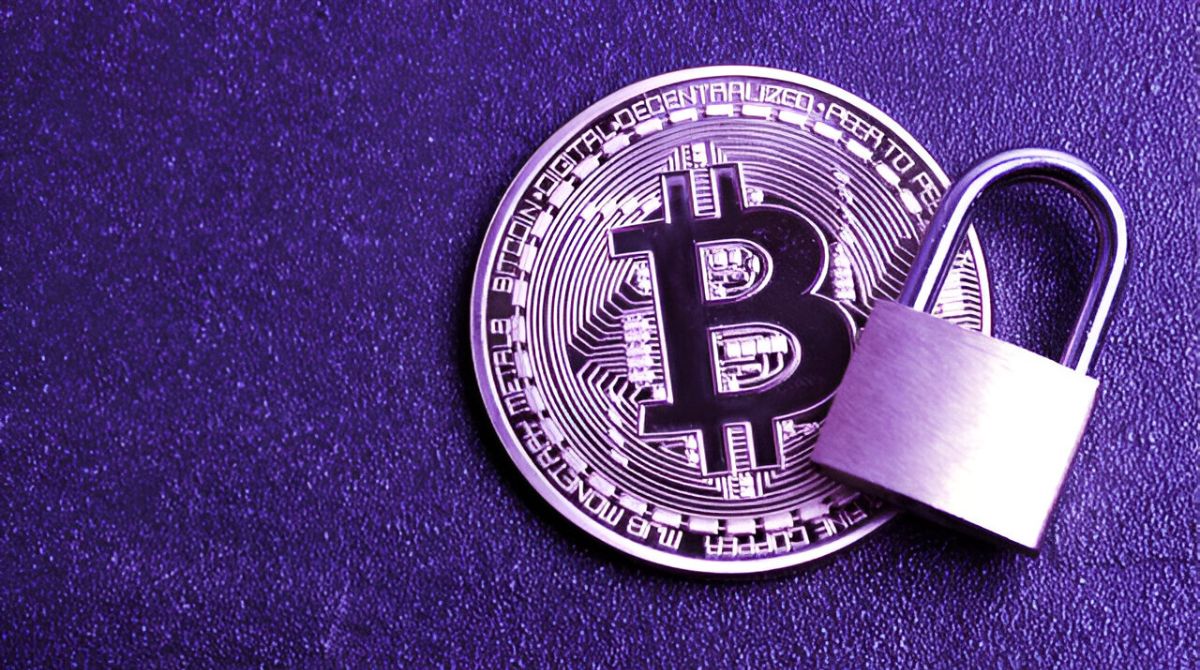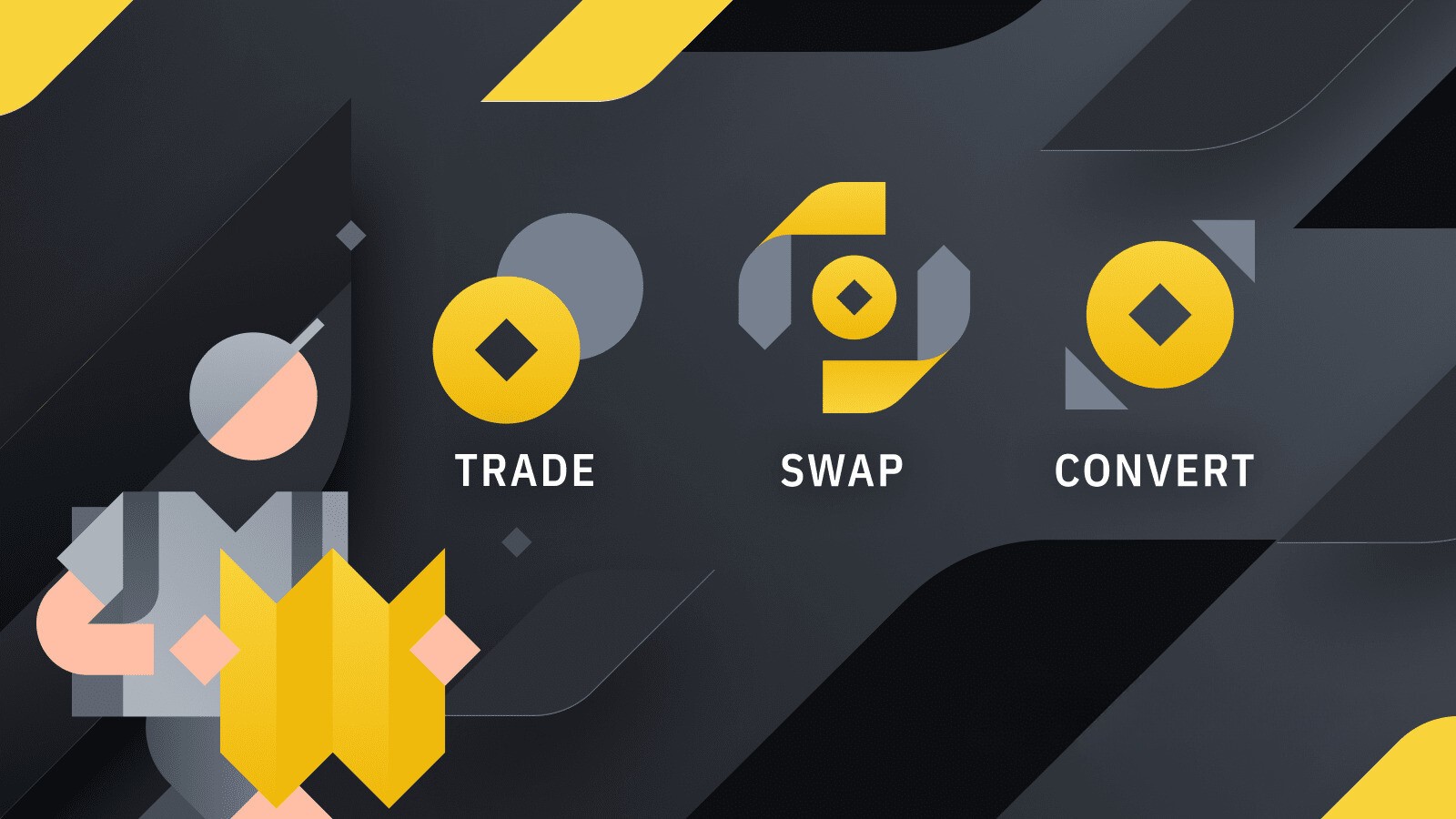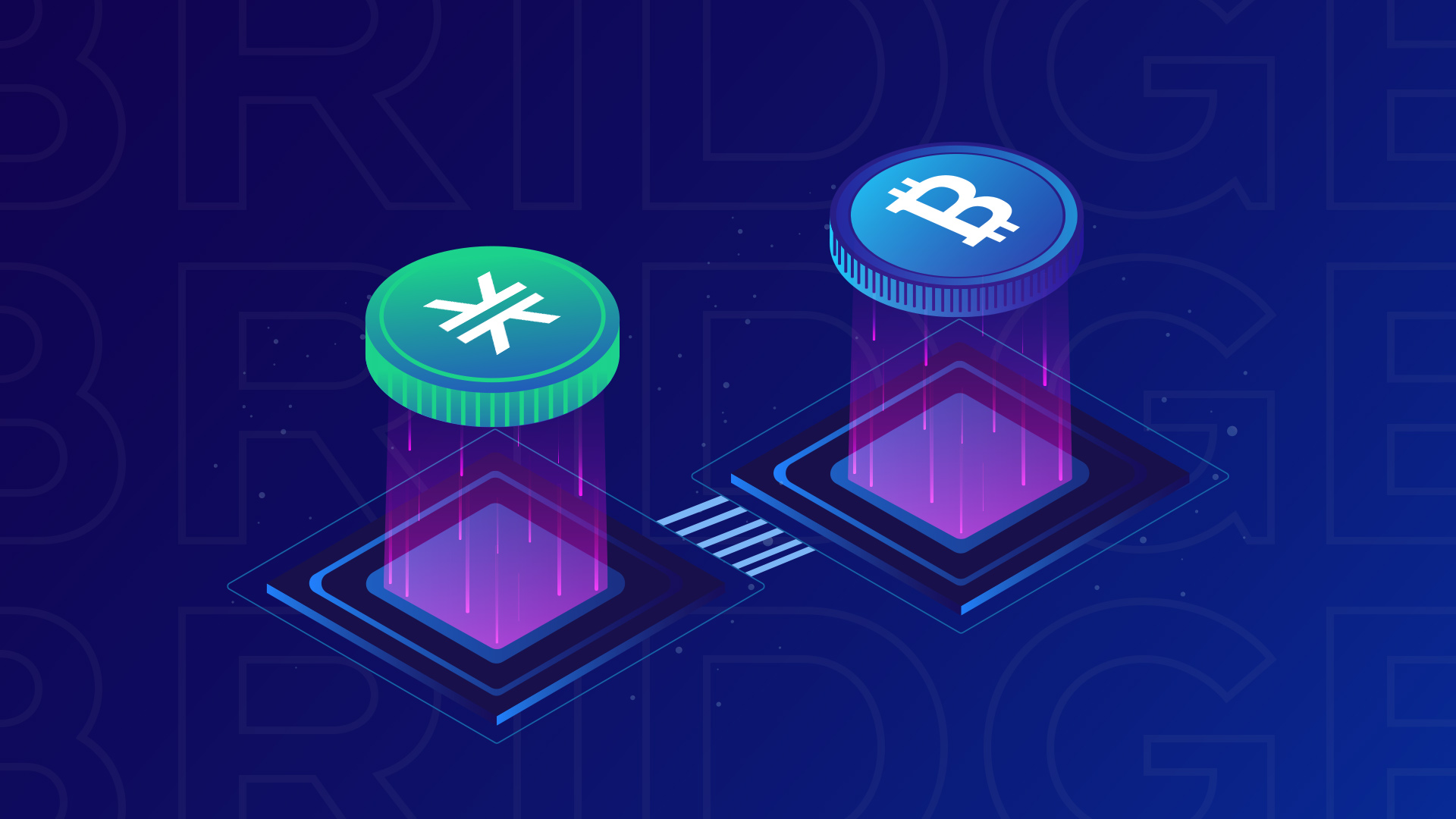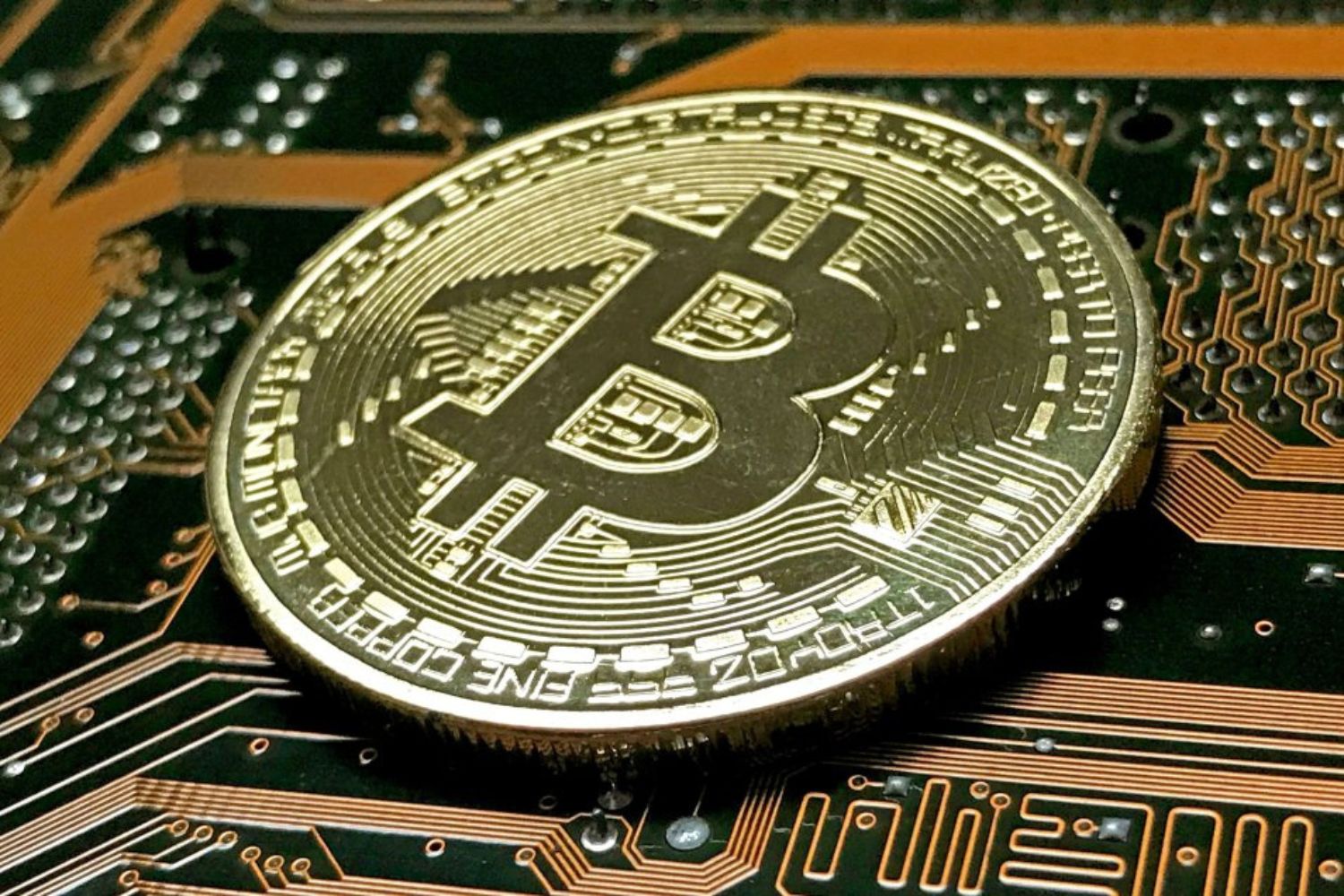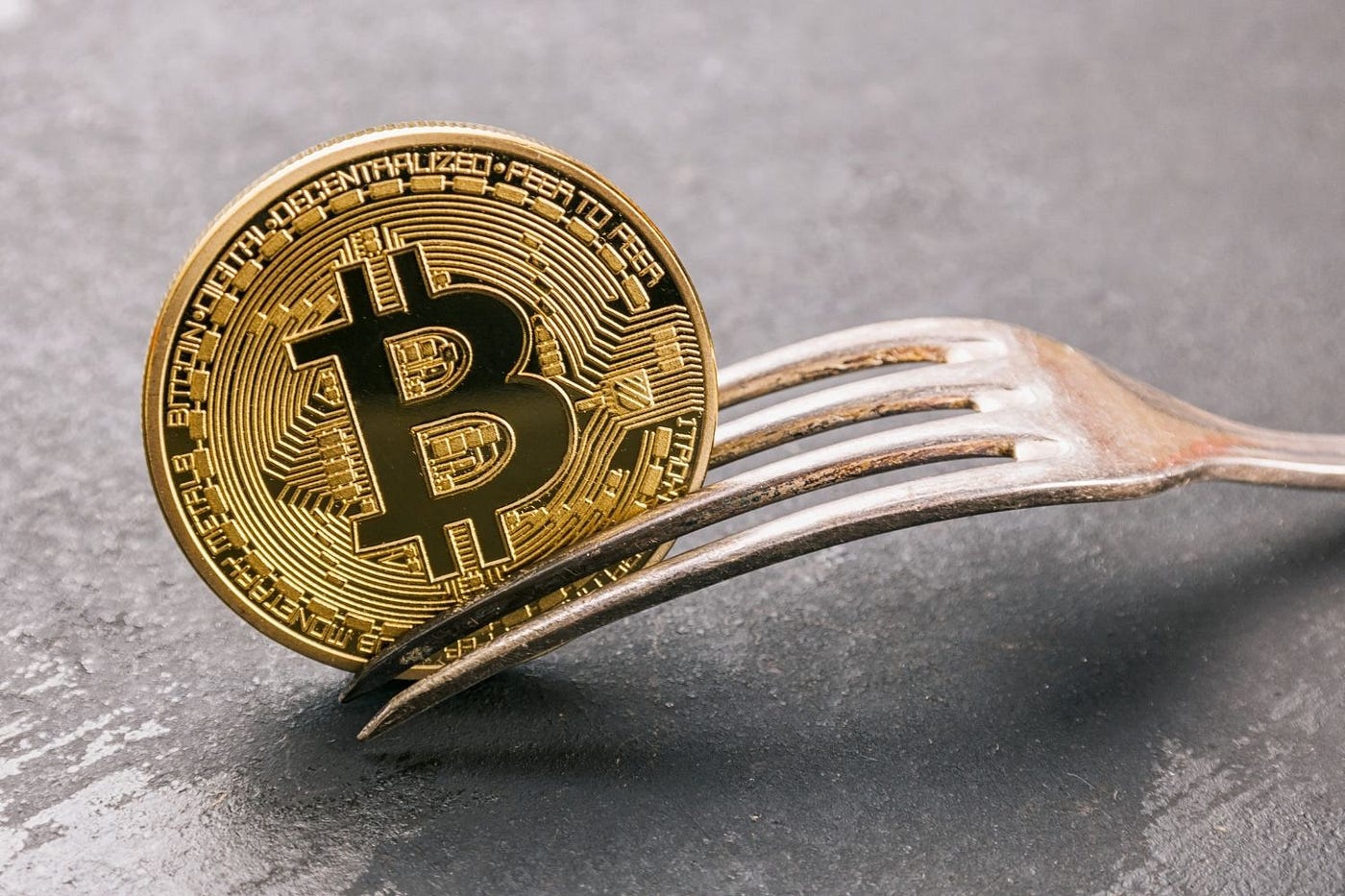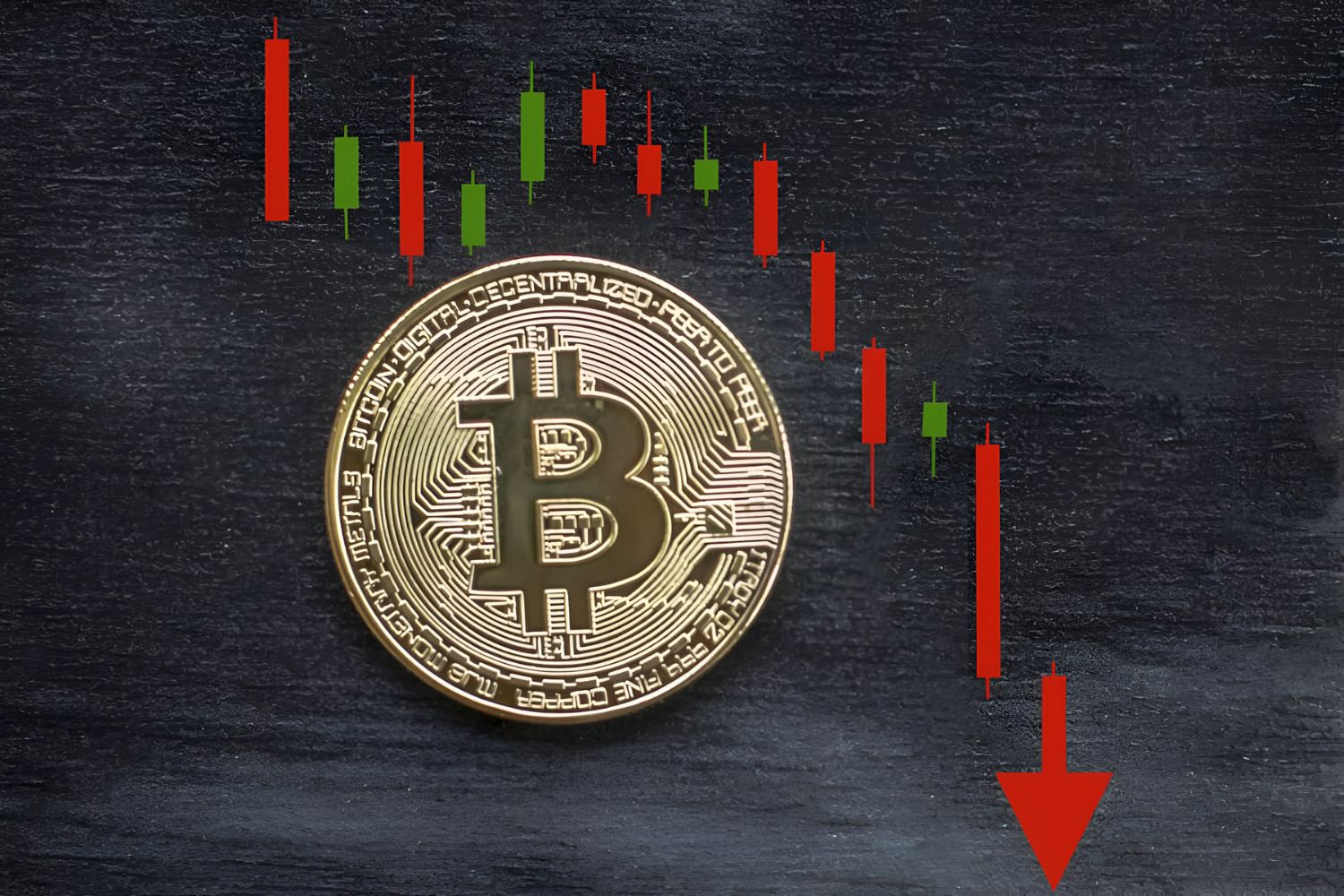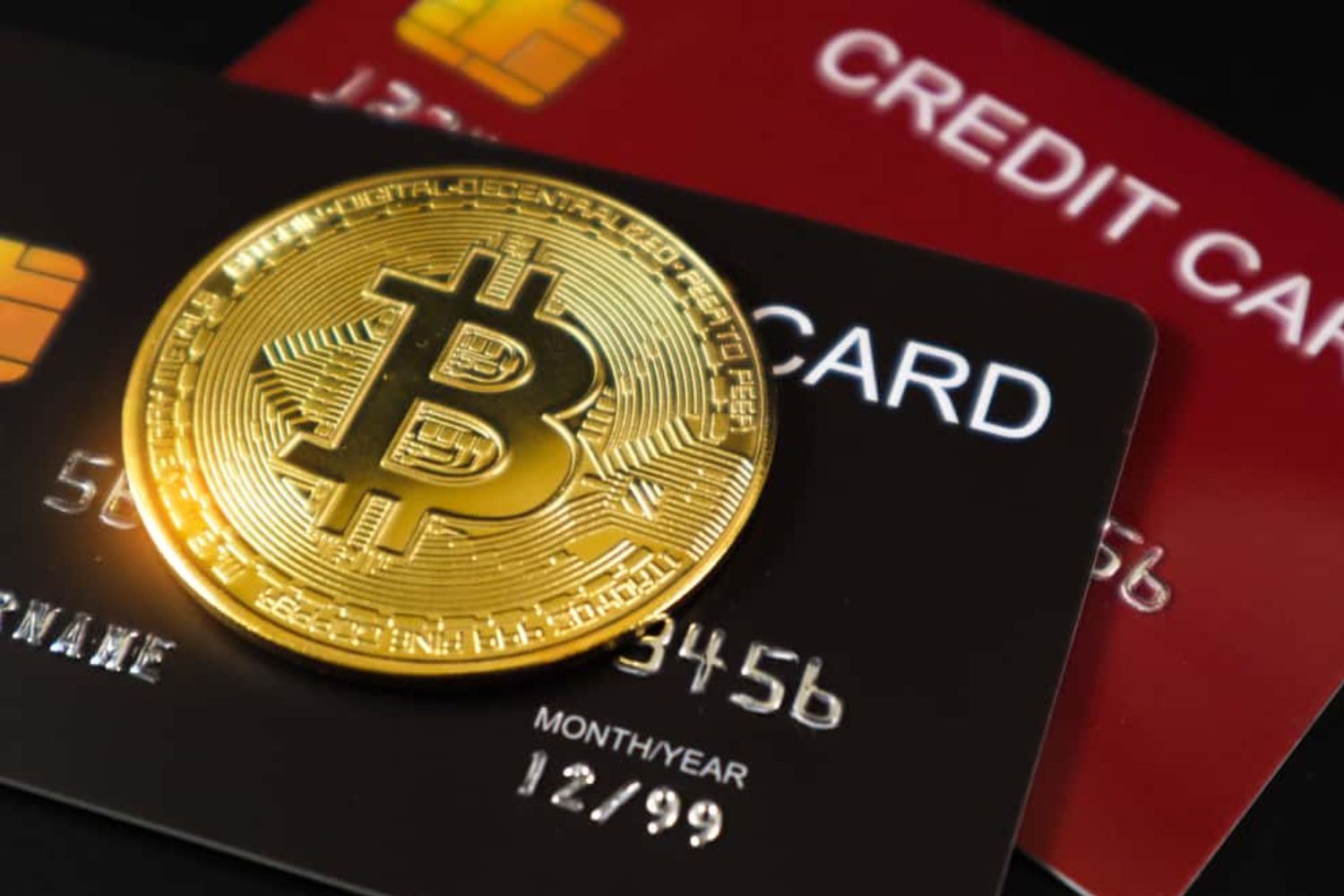Introduction
With the rise of cryptocurrencies, Bitcoin has emerged as the most dominant and widely accepted digital currency. However, the functionality of Bitcoin is limited to within the blockchain ecosystem, and it lacks the ability to interact with other blockchain networks or access the features and applications available on those networks. This is where Wrapped Bitcoin, or WBTC, steps in to bridge the gap.
Wrapped Bitcoin is an innovative solution that aims to combine the liquidity of Bitcoin with the functionalities of other blockchain platforms, such as Ethereum. It does this by representing Bitcoin on the Ethereum blockchain as ERC-20 tokens, known as wrapped BTC. These tokens are backed by real Bitcoin held by custodians, offering users the ability to interoperate across different blockchain networks.
The concept of wrapping digital assets is not unique to Bitcoin, but Wrapped Bitcoin is currently one of the most prominent and widely adopted implementations. The wrapped tokens can be used in decentralized finance (DeFi) applications, decentralized exchanges, lending platforms, and other blockchain-based services that require ERC-20 tokens.
Before delving deeper into the workings and benefits of Wrapped Bitcoin, it is important to understand the technical underpinnings of how it operates. This includes the role of custodians, the advantages it brings, as well as the potential risks and limitations associated with its use.
What is Wrapped Bitcoin?
Wrapped Bitcoin is a tokenized representation of Bitcoin on the Ethereum blockchain. It enables users to access the benefits of Bitcoin while leveraging the capabilities of the Ethereum network. It allows Bitcoin holders to effectively use their Bitcoin in Ethereum-based smart contracts, decentralized applications (dApps), and various other blockchain services.
The process of wrapping Bitcoin involves locking up Bitcoin and issuing wrapped BTC tokens in return. These tokens, also known as WBTC, are created in a 1:1 ratio with the amount of Bitcoin that has been locked up. For every WBTC token in circulation, there is an equivalent amount of Bitcoin held by custodians.
One important aspect of Wrapped Bitcoin is the transparency and accountability of the token supply. The amount of wrapped BTC in circulation should always match the amount of underlying Bitcoin held in custody. This ensures that the wrapped tokens can be redeemed for Bitcoin at any time, maintaining the trust and value of the wrapped asset.
Wrapped Bitcoin is designed to offer several advantages over traditional Bitcoin. Firstly, it facilitates seamless interoperability between the Bitcoin and Ethereum networks, allowing users to access a wider range of decentralized applications and services. This way, Bitcoin holders can take advantage of the rapidly growing DeFi ecosystem and participate in various lending, borrowing, and yield farming opportunities.
Additionally, Wrapped Bitcoin enables users to earn interest on their Bitcoin holdings. By depositing wrapped BTC into lending platforms or liquidity pools, individuals can generate passive income with their Bitcoin. This opens up new revenue streams for Bitcoin holders who want to make the most of their assets.
Furthermore, the wrapped tokens bring stability and security to the volatile cryptocurrency market. While Bitcoin has seen significant price fluctuations, the wrapped BTC tokens are designed to be relatively stable in value, as they are backed by the underlying Bitcoin reserves. This allows users to enjoy the benefits of using Bitcoin while mitigating the risk of sudden value swings.
In summary, Wrapped Bitcoin is a tokenized representation of Bitcoin on the Ethereum blockchain. It provides Bitcoin holders with increased flexibility, access to DeFi applications, the ability to earn interest, and more stable value. It has become a popular solution for those who want to leverage the power of both Bitcoin and the Ethereum network.
How does Wrapped Bitcoin work?
The process of wrapping Bitcoin involves several key steps and participants. Let’s explore how Wrapped Bitcoin works:
- Locking up Bitcoin: To create wrapped BTC tokens, Bitcoin holders need to lock up their Bitcoin with one of the authorized custodians. These custodians are trusted entities responsible for holding and safeguarding the underlying Bitcoin reserves.
- Token issuance: Once the Bitcoin is locked up, the custodians issue an equivalent amount of wrapped BTC tokens. These tokens are created in a 1:1 ratio, ensuring that each wrapped BTC token represents the same value as the locked Bitcoin.
- ERC-20 compatibility: Wrapped Bitcoin tokens are ERC-20 tokens, which means they comply with the Ethereum blockchain’s standards. This compatibility allows wrapped BTC to be easily stored in Ethereum wallets and utilized in various Ethereum-based applications and smart contracts.
- Custodial oversight: Custodians play a crucial role in ensuring the security and stability of Wrapped Bitcoin. They are responsible for holding the locked Bitcoin securely in custody and managing the issuance and redemption of wrapped BTC tokens. The custodians are subject to regular audits to maintain transparency and verify that the number of wrapped BTC tokens in circulation matches the amount of underlying Bitcoin held in custody.
- Redeemability: Wrapped Bitcoin tokens can be redeemed at any time by the original Bitcoin holder. When a user wants to convert their wrapped BTC back into Bitcoin, they initiate a redemption process. The custodians verify the request and release the locked Bitcoin, which is then sent back to the user’s designated Bitcoin address.
Overall, the process of wrapping Bitcoin involves locking up Bitcoin, issuing wrapped BTC tokens, ensuring ERC-20 compatibility, custodial oversight, and the ability to redeem the wrapped tokens for Bitcoin. This process allows users to seamlessly interact with the Ethereum blockchain using their Bitcoin assets, expanding their access to decentralized applications, DeFi services, and various other opportunities within the blockchain ecosystem.
The role of custodians
Custodians play a vital role in the functioning and security of Wrapped Bitcoin. They are trusted entities responsible for holding the Bitcoin that is locked up when wrapped BTC tokens are issued. Let’s explore the key responsibilities and functions of custodians:
- Holding and safeguarding Bitcoin: Custodians are entrusted with the responsibility of securely storing the Bitcoin assets that are locked up when creating wrapped BTC tokens. They must ensure the utmost security of the Bitcoin reserves to prevent any unauthorized access or loss.
- Issuance and redemption: Custodians are responsible for facilitating the issuance and redemption of wrapped BTC tokens. When users lock up their Bitcoin, custodians issue an equivalent amount of wrapped tokens. Conversely, when users want to convert their wrapped BTC back to Bitcoin, custodians verify the requests and release the locked Bitcoin.
- Custodial oversight: Custodians are subject to regular audits to maintain transparency and ensure that the number of wrapped BTC tokens in circulation matches the amount of underlying Bitcoin held in custody. This oversight helps maintain the trust and value of wrapped tokens as they are backed by real Bitcoin assets.
- Transparency and reporting: Custodians are required to provide transparent reporting regarding the Bitcoin reserves held in custody and the number of wrapped BTC tokens in circulation. This allows users to verify that the custodian is managing the assets responsibly and that the wrapped tokens are fully backed by the corresponding Bitcoin assets.
- Security measures: Custodians implement robust security measures to protect the Bitcoin reserves. This includes utilizing offline storage solutions, multi-signature wallets, and rigorous access controls to prevent any potential vulnerabilities or breaches.
- Compliance with regulations: Custodians must adhere to any relevant laws, regulations, and compliance requirements related to the custody and handling of digital assets. This ensures that the wrapped BTC tokens and the underlying Bitcoin reserves are managed in a compliant manner, adding an additional layer of trust for users.
The custodians’ role is crucial in maintaining the proper functioning and integrity of Wrapped Bitcoin. They provide the necessary oversight, security, and transparency to ensure that the wrapped tokens are backed by real Bitcoin, enabling users to confidently utilize their Bitcoin assets within the Ethereum ecosystem and beyond.
Advantages of Wrapped Bitcoin
Wrapped Bitcoin offers several advantages that make it an attractive option for Bitcoin holders and users looking to leverage the capabilities of the Ethereum blockchain. Let’s explore some of the key advantages of Wrapped Bitcoin:
- Interoperability: Wrapped Bitcoin enables Bitcoin holders to seamlessly interact with the Ethereum blockchain. By representing Bitcoin as wrapped BTC tokens, users gain access to the wide range of decentralized applications (dApps), smart contracts, and decentralized finance (DeFi) services available on Ethereum.
- Expanded utility: With Wrapped Bitcoin, Bitcoin assets can be leveraged across various applications and services within the Ethereum ecosystem. Bitcoin can be used as collateral, participate in token lending and borrowing platforms, provide liquidity to decentralized exchanges, and more, unlocking new opportunities for users.
- Earning potential: Through lending platforms and liquidity pools, holders of wrapped BTC tokens can earn interest on their Bitcoin holdings. This allows Bitcoin holders to generate passive income while still retaining the ownership and control of their underlying Bitcoin assets.
- Stability: Bitcoin is known for its price volatility, but wrapped BTC tokens aim to provide a more stable value. As wrapped BTC is backed by real Bitcoin reserves, the tokens are designed to be relatively immune to the price fluctuations of the overall cryptocurrency market.
- Accessibility: Wrapped Bitcoin allows users to seamlessly transfer and store their Bitcoin assets in Ethereum wallets. This eliminates the need for separate wallets or exchanges to hold and manage their Bitcoin and Ethereum assets, simplifying the user experience and enhancing accessibility.
- Security and transparency: The use of trusted custodians and regular audits ensures the security and transparency of Wrapped Bitcoin. Users can have confidence that their Bitcoin assets are held securely, and the wrapped BTC tokens are fully backed by the corresponding Bitcoin reserves.
Overall, Wrapped Bitcoin provides added versatility, earning potential, stability, accessibility, and security for Bitcoin holders. It enables users to unlock the value of their Bitcoin assets within the Ethereum ecosystem, participate in the growing DeFi space, and access a wide range of decentralized applications and financial services.
Risks and limitations of Wrapped Bitcoin
While Wrapped Bitcoin offers various advantages, it is important to be aware of the associated risks and limitations. Let’s explore some of the key considerations:
- Custodial risks: Despite the efforts of custodians to ensure the security of Bitcoin reserves, there is always a risk of custodial breaches or vulnerabilities. Users must trust the custodians to properly manage the assets and mitigate any potential risks.
- Centralization: The reliance on custodians introduces centralization to some extent. The trust placed in these custodians to manage the Bitcoin reserves can create a single point of failure. If a custodian were to fail or experience a security breach, it could have an impact on the value and functioning of Wrapped Bitcoin.
- Regulatory compliance: As Wrapped Bitcoin operates within the financial realm, it may be subject to regulatory scrutiny and compliance requirements. Changes in regulations or legal uncertainty could impact the operation and availability of Wrapped Bitcoin in certain jurisdictions.
- Redemption process: While the redemption process of wrapped BTC tokens is generally straightforward, there may be complexities or delays involved in converting them back into Bitcoin. Users should be aware of any potential limitations or requirements related to the redemption process.
- Third-party risk: When using Wrapped Bitcoin, users rely on third-party services such as wallets, exchanges, and platforms. The security and reputation of these third-party services can impact the overall security and user experience of handling Wrapped Bitcoin assets.
- Price volatility: While wrapped BTC tokens aim to provide stability, they are still influenced by the underlying Bitcoin market. Price fluctuations and volatility in the Bitcoin market can indirectly affect the value of wrapped BTC tokens.
It is essential for users to carefully consider these risks and limitations when using Wrapped Bitcoin. Engaging in proper due diligence, working with reputable custodians and service providers, and staying informed about regulatory developments can mitigate potential risks and ensure a more secure and satisfactory experience.
Use cases for Wrapped Bitcoin
Wrapped Bitcoin has a wide range of use cases that leverage the benefits of both Bitcoin and the Ethereum blockchain. Let’s explore some of the key use cases for Wrapped Bitcoin:
- Decentralized Finance (DeFi): Wrapped Bitcoin is at the forefront of the DeFi revolution. Users can use wrapped BTC tokens as collateral for loans, to earn interest through lending and borrowing platforms, and to provide liquidity to decentralized exchanges and automated market makers.
- Tokenized Bitcoin trading: Wrapped Bitcoin can be traded on decentralized exchanges that operate on the Ethereum blockchain. This provides a more accessible and efficient way for users to buy and sell Bitcoin without relying on traditional centralized exchanges.
- Cross-chain interoperability: Wrapped Bitcoin opens doors to cross-chain interoperability. Bitcoin holders can use wrapped BTC tokens on other blockchain networks that support the Ethereum Virtual Machine (EVM) standard, expanding the utility and accessibility of their Bitcoin assets.
- E-commerce and online payments: As wrapped BTC tokens are compatible with the Ethereum blockchain, they can be used for online transactions and payments within the growing ecosystem of merchants and platforms that accept Ethereum-based tokens.
- Tokenized representations of Bitcoin: Wrapped Bitcoin enables the creation of new financial products and investment vehicles backed by Bitcoin. These tokenized representations provide investors with exposure to Bitcoin’s price movements without directly owning Bitcoin itself.
- Defensive asset allocation: Wrapped Bitcoin can be used as a defensive asset allocation strategy within DeFi. By diversifying their cryptocurrency portfolio, users can hedge against market volatility and make use of Bitcoin’s historical resilience.
- Leveraging Bitcoin’s liquidity: Bitcoin’s liquidity is well-established, making it easier for Wrapped Bitcoin users to access liquidity across different blockchain networks and DeFi platforms.
The use cases for Wrapped Bitcoin are continually evolving as the ecosystem matures and new innovations arise. The ability to utilize Bitcoin within the Ethereum network expands the possibilities for Bitcoin holders to participate in the decentralized finance space, access broader markets, and enjoy the benefits of blockchain technology in a cross-chain environment.
Where to get Wrapped Bitcoin
There are several reputable platforms and exchanges where users can acquire Wrapped Bitcoin (WBTC). Let’s explore some of the popular options:
- Centralized Exchanges: Many centralized cryptocurrency exchanges list Wrapped Bitcoin, allowing users to easily trade their Bitcoin for wrapped BTC tokens. Some well-known exchanges that offer trading pairs with WBTC include Binance, Coinbase, Kraken, and Huobi.
- Decentralized Exchanges (DEXs): Users can also acquire Wrapped Bitcoin on various decentralized exchanges. These platforms operate on the Ethereum blockchain and allow for peer-to-peer trading without relying on intermediaries. Examples of popular DEXs that support WBTC trading include Uniswap, SushiSwap, and Balancer.
- Tokenization Platforms: Dedicated tokenization platforms are available for users who want to wrap their Bitcoin and acquire wrapped BTC tokens directly. These platforms facilitate the conversion of Bitcoin to wrapped BTC in a seamless and secure manner. Examples of such platforms include BitGo and Wrapped.com.
- Wallet Integrations: Some cryptocurrency wallets support the direct acquisition of Wrapped Bitcoin within their interfaces. Users can use the wallets to convert their Bitcoin holdings to wrapped BTC tokens. Wallets such as MetaMask and Trust Wallet have integrated functionalities to acquire Wrapped Bitcoin.
- Lending and Borrowing Platforms: Users can also obtain wrapped BTC tokens through lending platforms that allow for borrowing against Bitcoin collateral. These platforms offer the option to receive wrapped BTC tokens instead of fiat currencies or stablecoins. Examples include Compound and Aave.
- OTC Desks: Over-the-counter (OTC) desks provide a more personalized and direct means of acquiring Wrapped Bitcoin. These desks cater to individuals or institutions looking to execute large transactions and offer custom trading options. OTC desks such as Cumberland and Genesis Trading facilitate large-scale WBTC purchases.
When acquiring Wrapped Bitcoin, it is crucial to conduct thorough research and choose reputable platforms with strong security measures and good market liquidity. Additionally, users should consider the fees, trading volume, and ease of use when selecting a platform for obtaining Wrapped Bitcoin.
It is worth noting that users should exercise caution and follow best practices for securely storing their wrapped BTC tokens. Using a hardware wallet or a secure wallet application is recommended to ensure the safety of the tokens.
Conclusion
Wrapped Bitcoin serves as a bridge between the Bitcoin and Ethereum ecosystems, enabling users to leverage the benefits of both blockchain networks. By representing Bitcoin as wrapped BTC tokens on the Ethereum blockchain, users gain access to a vast array of decentralized applications, decentralized finance services, and cross-chain interoperability.
Throughout this article, we explored the concept of Wrapped Bitcoin, its functionalities, and its advantages. We discussed how wrapping Bitcoin works, the role of custodians in maintaining the integrity of the wrapped tokens, and the risks and limitations associated with using Wrapped Bitcoin.
Wrapped Bitcoin offers numerous benefits, such as improved accessibility, increased utility, the ability to earn interest, and more stable value when compared to traditional Bitcoin. Users can participate in the rapidly growing DeFi ecosystem, trade on decentralized exchanges, and engage in various other applications and services on the Ethereum blockchain.
However, it is essential to consider the risks involved, including potential custodial vulnerabilities, regulatory implications, and the impact of price volatility. Users must exercise due diligence, work with reputable custodians and service providers, and stay informed about regulatory developments in the cryptocurrency space.
To acquire Wrapped Bitcoin, users can utilize centralized exchanges, decentralized exchanges, tokenization platforms, wallet integrations, lending platforms, or OTC desks. Careful research and consideration of factors such as security, liquidity, and fees are crucial when selecting a platform for acquiring Wrapped Bitcoin.
In conclusion, Wrapped Bitcoin provides Bitcoin holders with expanded opportunities, broader accessibility, and enhanced functionality within the Ethereum ecosystem. As the adoption and versatility of wrapped tokens continue to grow, Wrapped Bitcoin stands out as a prominent solution in the ever-evolving landscape of digital assets and decentralized finance.







